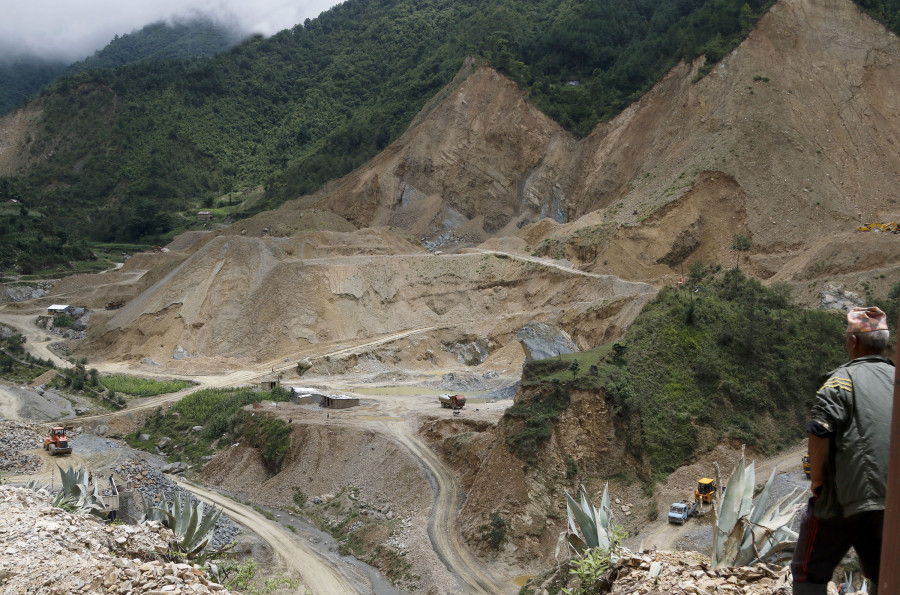Editorial
The cry of Chure
The region’s degradation impacts the lives of all Nepalis, and the government must act fast to save it.
Nepal on Wednesday and Thursday held an international dialogue on climate issues of mountainous countries. Titled “Mountains, People, and Climate Change,” it saw the participation of representatives from 23 countries gathered to strengthen coordination among mountain countries on climate change-related issues. The dialogue has been instrumental in positioning mountains at the centre of the global agenda and as a key negotiation block within the United Nations Framework Convention on Climate Change (UNFCCC). On Thursday itself, 22 people from Madhesh reached Kathmandu after a 25-day walk, calling for saving the Chure mountains. They have come with a 12-point charter of demands, which include saving the water sources, jungles and mountains in the Chure region apart from protecting the land itself.
One of the most fragile mountain ranges in South Asia, the Chure range consists of low hills stretching from Mechi in the east to Mahakali in the west along the south of the Mahabharat hills. Around 20-30 km wide and 1,000 km long, the range is a lifeline for the Madhesh region, providing water, minerals and vegetation. However, the water sources originating from the foothills of Chure have dried up in recent years due to exploitation, leading to the depletion of the first layer of the underground water in the Bhawar and Madhesh regions. The depletion of water has already impacted people in Madhesh, with ponds, tube wells and hand pumps running dry.
The culprits of the degradation of Chure are all too familiar: The sand, land and timber mafia that is only interested in making a profit and the three tiers of government that have no regard for the present and future of the nation and its citizens. But there has been little effort to stop the exploitation of the fragile mountains. As the Chure continues to turn into a desert, we are staring at a significant crisis of water and food scarcity.
The President Chure-Tarai Madhes Conservation Area Programme has been making some significant interventions, especially related to water conservation, building ponds and irrigation channels. But these efforts have been too slow and inadequate considering the rapid deforestation and extraction in the region. The campaigners who have marched to Kathmandu say the foremost work the governments of all levels must do is to shut down the crusher and sand mining industries in the region. Moreover, they demand that the government declare Dilip Mahato, an activist who was killed by illegal sand miners, as the “First environmental martyr” of Nepal. What is significant about these campaigners is that they are not just activists speaking for an environmental cause, but victims of the impacts of environmental damage and face risks to their lives. The government must, therefore, listen to their demands and act to fulfil them.
The campaigners for saving the Chure plan sit-ins at different places in Kathmandu—the common protest site at Maitighar as well as the offices of various political parties. The central government in Kathmandu, which is often too quick in manhandling protesters of all kinds, would do well to listen to the campaigners this time. They have come up with a message that is important not only for themselves but for the entire nation. The degradation of Chure impacts us all, and if we do not listen to the campaigners and act on time, we will be staring at a bleak future.




 12.12°C Kathmandu
12.12°C Kathmandu












%20(1).jpg&w=300&height=200)

